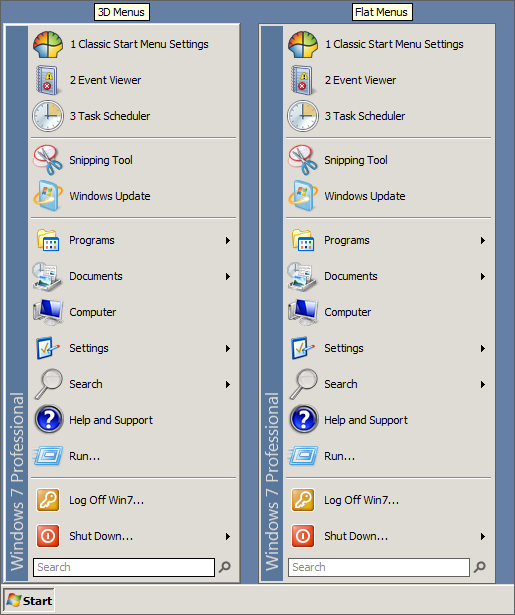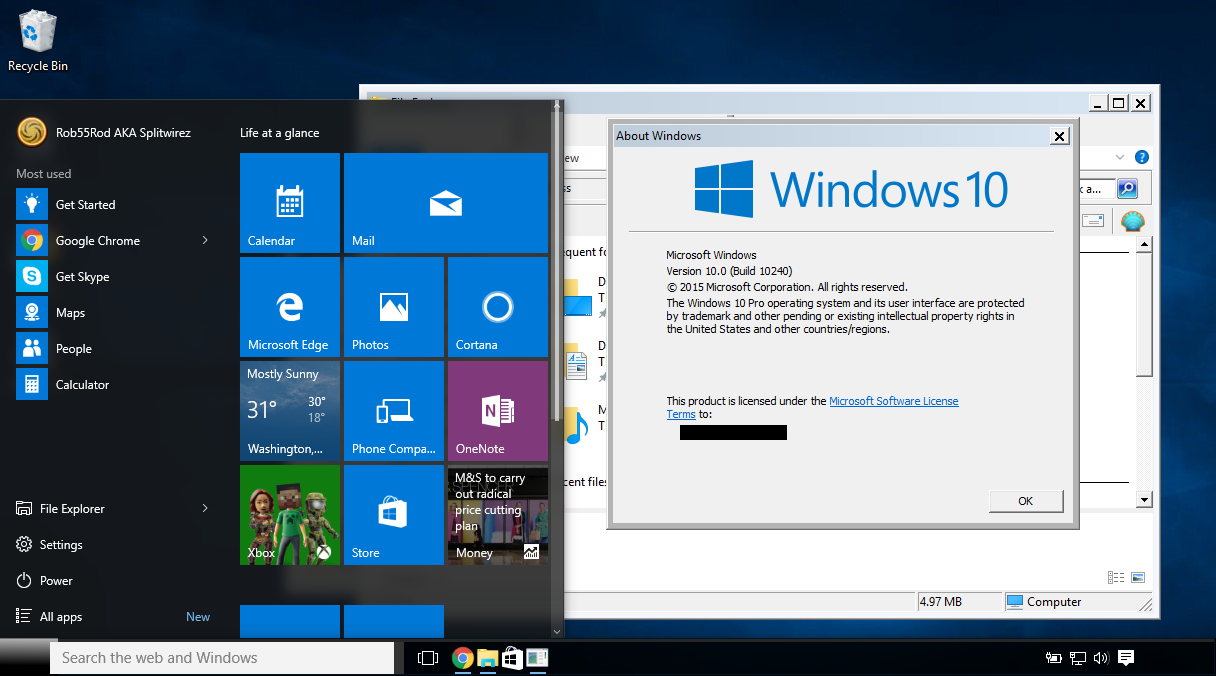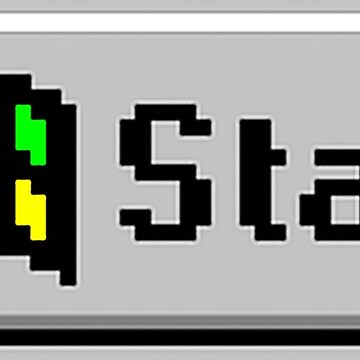

Once the Start Screen tiles are displayed the status bar we have known since Windows 95 is also hidden, but Start8 adds a panel you can use to quickly get back into familiar territory. Not only is the button identical, but the entire start menu looks just like Windows 7 with the same options in the same location.Īs mentioned in the intro, Windows 8 boots to the new Start Menu by default. Once the installation is complete, the familiar round start button you remember from Windows 7 appears. Stardock's Start8 is installed using an executable file and like the other two products I tested, it installs quickly with no options presented during the install. Overall I thought Classic Start was the best of the three, as it contains many more configuration and customization options than the other two products. Each product produces a reasonable facsimile of the legacy Windows start button. The tests were run on Windows Preview version build 8400.

In this review I tested three different Start button replacements (Power8, Start8 and Classic Start Menu). Early testers considered this an alpha or beta glitch, but Microsoft has confirmed that the missing start button will not be making a re-appearance in the release version of Windows 8. The familiar start button went missing in Windows 8 and instead users are left staring at an empty space with no apparent way to access programs and applications. Clicking the desktop option opens a Window that contains – actually not much. By default, Windows 8 now boots to a “Start Screen” that displays “tiles” that link to a limited set of programs and features for various options such as mail, video, music, and somewhere among the 16-20 tiles, a desktop option.

Whatever you might think of Windows 8, at startup there is something missing that can vex, or at least perplex, users from the get-go.


 0 kommentar(er)
0 kommentar(er)
